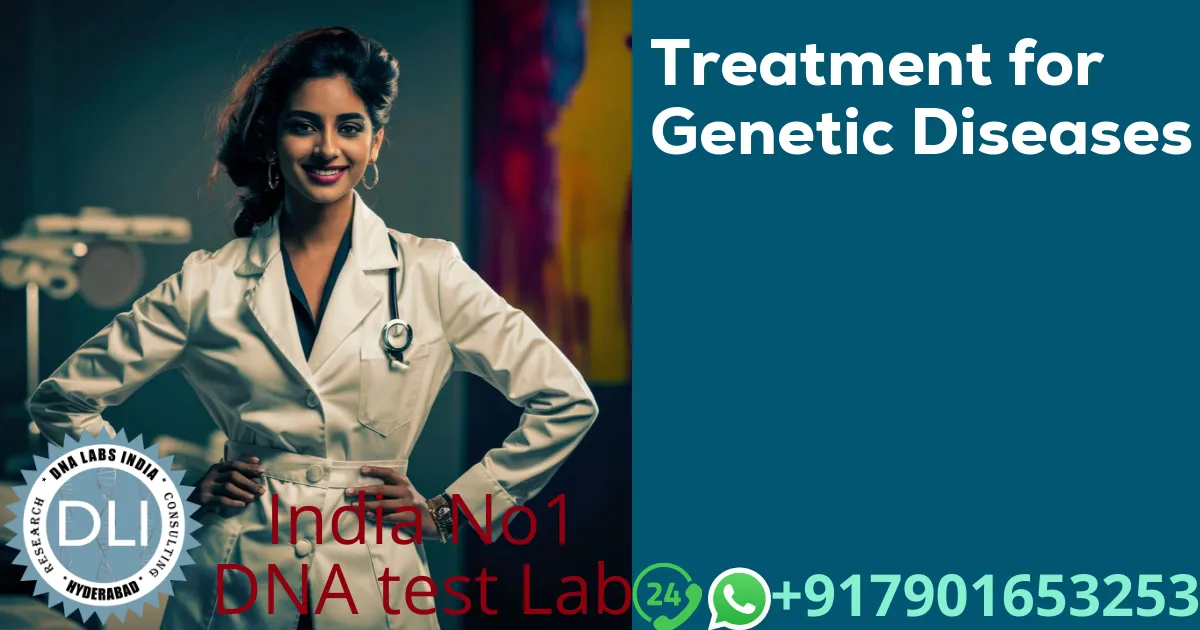Genetic disorders are becoming increasingly prominent in both childhood and adult chronic diseases. Unlike infectious diseases, nutritional deficiencies, or cancers, many genetic conditions have shown limited response to conventional treatments and preventive measures. This growing significance highlights the urgent need for effective therapies and advanced genetic interventions.
While most established treatments for genetic disorders are provided through regular medical services rather than specialized genetic clinics, genetics specialists continue to play a critical role. They guide therapy decisions, monitor complications, and explore innovative strategies when mutations vary in type and impact.
Importance of Early Detection and Genetic Counselling
Early diagnosis of at-risk individuals is essential in preventing severe complications or premature death from genetic diseases. Conditions like inherited neuromuscular disorders, familial cancers, and metabolic syndromes such as phenylketonuria benefit significantly from genetic testing and proactive care.
In genetic counselling, treatment possibilities strongly impact family decisions. Knowing whether effective therapies exist influences attitudes toward carrier screening, prenatal testing, and disease management.
Designing Treatments for Genetic Disorders
Developing treatments for genetic diseases requires targeting multiple levels, from symptoms to underlying genetic mutations. The choice of therapy depends on disease type, mutation category, technological feasibility, and cost-effectiveness. Since medical science is constantly evolving, strategies that work today may be replaced by more precise or affordable options tomorrow.
Rather than aiming for a single cure, a multi-pronged treatment approach often proves most effective. For instance, Rett syndrome shows promise for future therapies, though challenges remain in developing safe, targeted interventions.
Therapeutic Strategies for Genetic Diseases
Different treatment levels range from managing symptoms to directly modifying genes. Current and emerging strategies include:
-
Symptomatic treatment: Medications or supportive care to manage symptoms, often the first line of therapy.
-
Nutritional therapy: Diet modification, effective in disorders such as phenylketonuria and galactosaemia.
-
Physiological correction: Addressing imbalances, e.g., phosphate supplements for X-linked hypophosphatemic rickets.
-
Protein replacement therapy: Using factor VIII or IX for haemophilia as a standard practice.
-
Precision medicine with genetic testing: Choosing therapies based on mutation type or pathway involvement.
-
Targeting signaling pathways: Drugs can restore control when mutations cause overactive intracellular pathways.
-
Small molecule therapies: Designed to stabilize or enhance defective gene products.
-
Immunotherapy approaches: Engaging the immune system against disease-related targets.
-
RNA therapies: Modifying RNA processing, stop codon read-through, or antisense oligonucleotides to restore protein function.
-
Cell-based therapies: Stem cell transplants and regenerative medicine for gene-linked tissue damage.
-
Gene therapy and editing: Correcting or replacing defective genes using viral vectors or CRISPR technology.
Cost and Accessibility of Genetic Treatments
One of the biggest challenges in genetic medicine is the high cost of treatments. While one-time therapies such as gene editing or bone marrow transplants may appear expensive upfront, they can be cost-saving in the long run if they eliminate the need for lifelong treatment.
On the other hand, recurring high-cost therapies, such as enzyme replacement for metabolic disorders, may strain healthcare systems. Their affordability is partly sustained because these conditions are rare. However, if large numbers of rare genetic disorders required lifelong costly therapies, even resource-rich nations would face challenges in providing coverage.
Future solutions may include:
-
Once-off curative therapies – through gene therapy, gene editing, or targeted transplants.
-
Preventive strategies – including population carrier screening, prenatal testing, and reproductive options to reduce disease incidence.
Conclusion
The treatment of genetic diseases is progressing rapidly with advances in gene therapy, RNA-based medicine, and targeted treatments. While symptomatic and supportive care remain central, precision medicine and genetic interventions offer growing hope. Balancing innovation with affordability will be key to ensuring broader access to life-saving therapies in the future.



